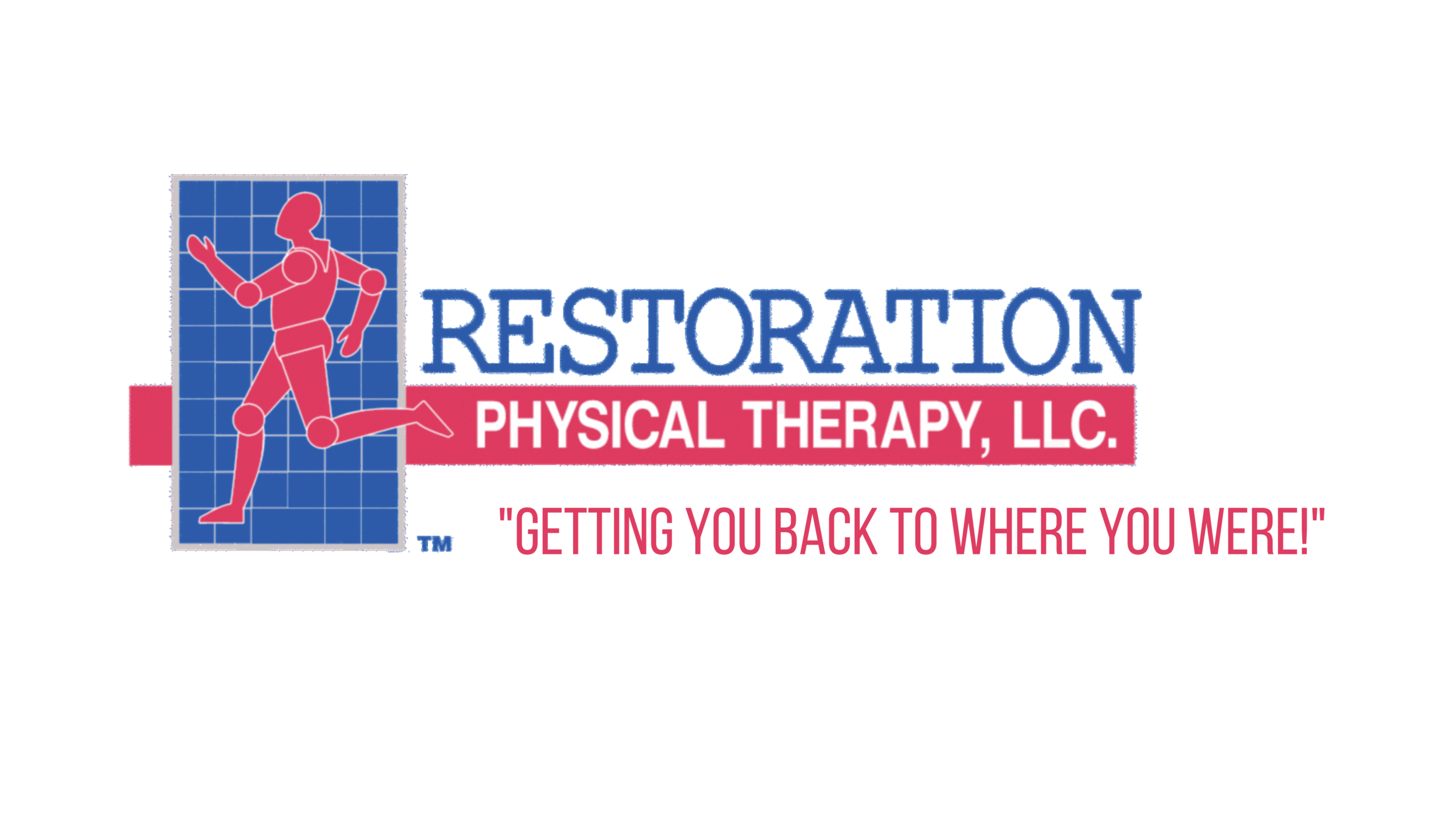How We Can Help
Patients with ankle sprains, plantar fasciitis, achilles tendonitis, diabetic neuropathy, tendon/ligament ruptures or fractures are commonly prescribed physical therapy. It will assist in reducing pain and inflammation, and improving mobility and strength.
We will provide you with an extensive evaluation by an expert physical therapist with years of training in
medical evaluation of musculoskeletal conditions. Your physical therapist will then discuss the medical findings and formulate a unique plan of care for you. Treatment may include stretches, strengthening exercises,
manual techniques, dry needling, and/or modalities including ultrasound, phonophoresis, iontophoresis and Electrical Stimulation.
Ankle Sprain
Sprained ankles are a frequent injury caused by your ankle rolling outward, typically from walking on uneven surfaces, stepping off a curb, or landing wrong from a jump. There are times when the ankle sprain is severe and needs professional medical help. A sprained ankle is usually an injury to the ligaments on the outside of the ankle. The ligaments become overstretched and may possibly tear, depending on the severity. Ankle swelling and pain can affect your ability to walk properly and do your normal activities. Your doctor may prescribe physical therapy for your ankle sprain to help you recover your ankle’s mobility, decrease swelling, increase strength, and restore your ability to walk, run, and jump.
The recurrence rate for ankle sprains has been reported to be as high as 80% without physical therapy.
Plantar Fasciitis (Heel Pain)
Plantar fasciitis is a very common foot condition that occurs from excessive pressure on the plantar fascia at the bottom of the foot. An exact incident of injury is usually unknown. This thick band of tissue helps to give your arches support and acts as a spring to help propel you forward.
Pain occurs from excessive strain causing inflammation and microtearing to the plantar fascia which usually begins close to the heel. This heel pain may occur with the first steps in the morning or after you have been sitting for awhile and then stand up. People who are generally on their feet all day report that the symptoms get worse at the end of the day. Most people with this condition have good outcomes with nonsurgical treatment such as physical therapy.
The plantar fascia has a very poor blood supply to heal on its own. Physical therapy helps promote tissue healing thru manual procedures and modalities. Specific stretches and strengthening exercises can help reduce stress on the plantar fascia.
Achilles Tendonitis
The Achilles tendon, named after the indestructible mythological Greek warrior, is the largest and strongest tendon in the human body. It attaches the gastrocnemius and soleus muscle to its insertion site at the back of the heel. Achilles tendonitis usually occurs suddenly with changes in activity or training level, use of inappropriate footwear, or training on poor running surfaces. Other causes may be from tightness of the achilles tendon, abnormal foot structure, and medical diseases that may affect tendon tissue (i.e. diabetes mellitus).
Pain occurs upon initial standing and walking and gets worse at the end of the day. Pain is caused by the inflammation of the tendon. Most people with this condition do very well with conservative treatment such as physical therapy. The achilles tendon has a very limited blood supply to heal on its own. Physical therapy helps promote tissue healing through manual procedures and modalities. Specific stretches and strengthening exercises also helps repair tissue damage.
Foot Pain Associated with Diabetic Neuropathy
Neuropathy is the most common complication of diabetes mellitus (DM), affecting up to 50% of patients with DM. Diabetic foot pain may be described as stabbing, throbbing, shooting, aching and/or burning pain. Nerve pain caused by diabetes can make even the gentlest touch painful. You may also experience cramps, numbness, tingling, loss of balance and coordination. These symptoms are often worse at night.
Causes of diabetic neuropathy may be from high blood glucose levels, long duration of diabetes, abnormal blood fat levels, and possibly low levels of insulin. This leads to damage of the blood vessels that carry oxygen and nutrients to the nerves. The reduced blood supply causes nerve pain. The best way to prevent neuropathy is to keep your blood glucose levels as close to the normal range as possible.
Physical therapy can help with improving peripheral circulation, flexibility, strength, balance and coordination. We offer a treatment called Anodyne Infrared Light Therapy that helps to reduce pain associated with DM. This treatment has been shown to increase vascularity (circulation) by increasing the formation of new capillaries (blood vessels that replace damaged ones). New capillaries speed up the healing process by supplying additional oxygen and nutrients needed for healing.
Tendon and Ligament Ruptures
Common tendon and ligament ruptures in the ankle and foot are:
Achilles tendon rupture
Posterior tibialis tendon
Peroneal tendons (peroneal longus/brevis)
Anterior talofibular ligament (ATFL)
Physical therapy is important for post-surgical and non-surgical rehabilitation in order to promote healing to the tissues, improve mobility to the joint, reduce swelling/pain, and increase strength and endurance.
We will focus on improving balance, increasing ankle stability for daily activities, and restoring your gait mechanics. In many cases, if normal gait mechanics are not restored it may lead to knee, hip, or low back pain.
Fractures
Ankle or foot fractures from injury causes swelling, limited motion, and decreased strength. Physical therapy
is important for pain relief and learning to safely use crutches or a walker. During the healing phase, it is important to improve movement at the ankle and other joints during or after the period of immobilization. Later, specific stretching, strengthening, balance, and strengthening exercises are introduced in order to return to normal activity.



